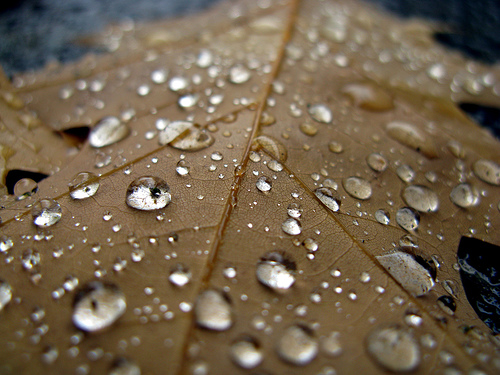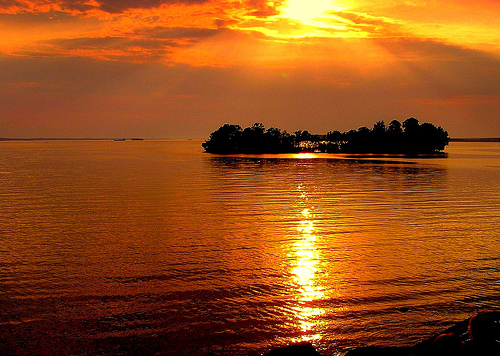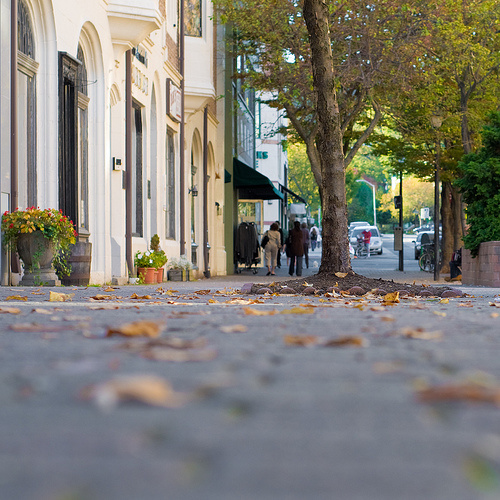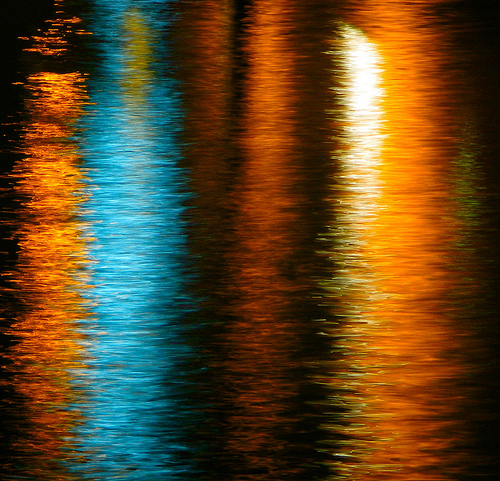
Exposure is an often misused and allusive word in the world of photography. The effect of shutter-speed, aperture and ISO only adds to the complexity and confusion. In the age of the film getting the optimal exposure was trickier than in the age of digital. Now you can take the shot, look at the result, keep it or delete it. Here I revisit “exposure” to delve and explore some myths and facts about exposure. Exposure is one of the very basic concepts of photography and it is crucial that as a beginner photographer, it’s understood correctly.
-
There’s something called correct/right exposure and incorrect/wrong exposure
Actually my answer is a “no”. And here’s the reason: There’s something called underexposure and overexposure and there’s something generally agreed to as “optimal” exposure. While overexposure and underexposure are vastly undesirable, optimal exposure ensures that maximum details of the subject or scene have been captured. The choice of optimal exposure varies from photographer to photographer. What one may consider to be a perfectly exposed image may be contested by another photographer. Depending upon your personal style, preference and the requirements of the shot you are free to tweak and fine-tune the exposure. At the end of the day, your fine-tuning the exposure should have a positive effect on the final result.
-
Getting the optimal exposure is challenging and requires a lot of practice
No. Almost all film and digital cameras try to achieve an optimal exposure as long as they are on auto-modes. They have built-in metering to measure the amount of light in the scene and the camera makes the required adjustments automatically. But it’s another matter that the camera metering gets tricked in mixed or challenging light conditions and requires some adjustments. An example is when shooting sunrise and sunset, the optimal exposure is not the one that exposes for the shadows. In such a case you can tune the exposure by using the exposure-compensation button. That’s the real secret to tweak the exposure to your liking.
-
The right camera that will help me get the optimal exposure costs $5000
Cheap digital cameras start at about $50 and don’t require any manual intervention to get the optimal exposure. Depending on how refined and evolved your choices are as a photographer, you may want to fine-tuning and retouch during post-processing. Costlier cameras and equipment are there to allow you more and a wider range of control over the shot.
-
I can’t become a good photographer if I don’t know how to get the right exposure
Let me put it this way: Exposure is for dummies, and in this case it’s your camera’s job to take care of it. You as a photographer should actually focus on composition, perspective, the subject and beyond. These are the elements of photography that help you evolve as an artist. So long as the camera controls the exposure and as long as the scene is not grossly overexposed (or underexposed), you can always fine-tune the exposure during post-processing; and that’s only required in a minority of cases.
-
Shooting (or being able to shoot in) “Manual Mode” makes me a professional photographer
Working in manual mode doesn’t you any better photographer than does walking to you office by foot make you any more punctual. It only means you are trying to do simple or unwanted things and wasting your time and energy which could be used to evolve yourself as a photographer. However, that being said, as a photographer you must understand the workings of the equipments of the trade and should such a time come, you must be able to override the camera settings with a fair approximation to get the results you want.
-
I don’t ever need to worry about the exposure
Trusting your camera for optimal exposure in “all conditions” isn’t a good idea. Camera is just like any other unintelligent machine and its metering gets tricked under certain challenging light conditions. So (as a basic guideline) whenever you want to capture a bright scene as bright or dark scene as dark, you’ll need to over or underexpose respectively. But in the days of the digital this is really easy. Just check the final result and if required take another shot with the corrected settings (engage the exposure-compensation setting). In the vast majority of the cases the camera will take care of these things.
-
The shutter-speed, aperture, ISO all control exposure
Yes. But that’s not their intended use. Shutter-speed, aperture and ISO have an additional effect on the photograph and they are used to achieve this creative effect. Aperture has an effect on the depth-of-field, the shutter-speed has an effect on the motion/blur and ISO affects the noise or grain in a photograph. Depending on which effect you want to control or make the best use of, you set your camera to one of the semi-auto modes which allow you control over a particular setting (and the camera automatically takes care of the rest). Aperture priority allows you to override aperture to your requirement and shutter-priority allows you to override the shutter-speed to induce or freeze the motion in a dynamic scene. This way the camera still controls the exposure while you engage as an artist to get the required creative effect. If you find the exposure is not optimal, you can always use the exposure compensation button.
-
Photography is all about getting the optimal exposure
It’s about portraying your creative impression and expression of a scene or subject as an artist. Amount of light or exposure is only an element in the vast photographic world dominated by tones, shapes, patterns, form, composition, color and more. A good photograph is a blend of all these elements. Exposure is an introductory element in the world of photography and mostly used to help new photographers understand how light is captured inside the camera and it’s effects on the photograph.

-
The amount of light or exposure ensures better photographs
If it’s a quantity vs. quality debate, quality wins. It’s the quality of light, it’s temperature and direction which are more important. Learn about these features of light to get beautiful photographs.
-
HDR is the answer to all exposure woes
HDR or High Dynamic Range photography is an illusion created during the post-processing phase. It tricks the human eye into perceiving the image as more real and lively. However these HDR images do not contain any more detail than the actual photograph itself. This is mainly because of the technical limitation of the output media. Most of the time HDRs look ugly and exaggerated. The purists have a strong disliking for HDRs. HDR’s take a lot of practice to achieve a finished and pleasing result while refraining from making the photograph look unreal. Perhaps it’s the difference between unreal and surreal which determines how good or poor an HDR image is. Instead of resorting to HDR, learn how to control lighting to enhance the dynamic range of a photograph.






great site